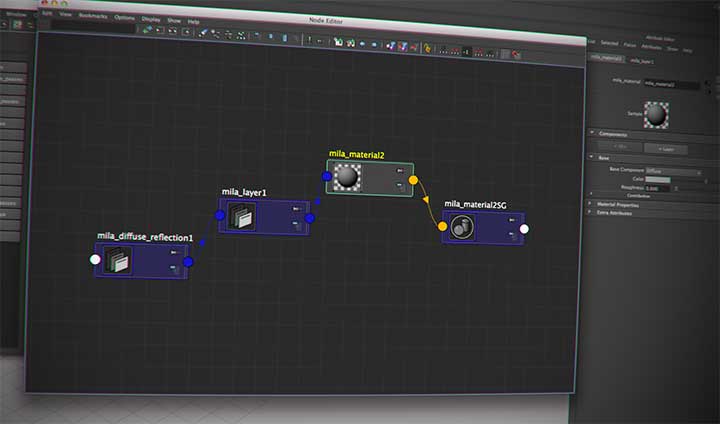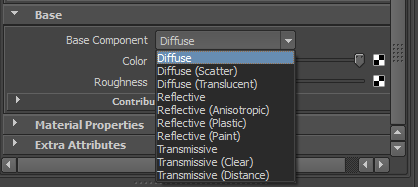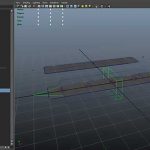With the latest release of Autodesk Maya came the ability to use (easily) the new mental ray layering shader library, or MILA as it is known. Although MILA is not really new, its has been brought forward and, MILA in Maya 2015 has been integrated into the Maya interface.
The Layering shader library (MILA) in mental ray 3.12 provides a flexible, component-based set of shaders
MILA represents mental ray’s component beaded set of shaders that are design to be an easy to use physically accurate layered shader. MILa will allow you to create any number of layers and combine diffuse glossy, specular, reflection and transmission components.
The shader is optimized to render faster and more efficiently than other non-physical legacy layered shaders in Maya. This includes a faster render for dealing with subsurface scattering as well. As a modern layered shader, MILA can output multiple passes that can automatically distinguish themselves with mr’s Light Path Expression names. MILA is much more efficient with light sampling and can take advantage of light importance sampling, providing subsurface scattering component without using a lightmap.
Understanding and Using Mental Ray Layering in Maya 2015
The inside mental ray blog posts a look at using the MILA shaders within Maya 2015, and provide a great breakdown for all the components. MILA breaks down into a couple of core concepts, base, layers and a weight which represent a percentage of the incoming energy. The post also covers how MILA can mix components, and offers a look behind the workflow for look development using MILA shaders in Maya 2015. The post mentions that look dev workflow is being continually developed with plans for enabling more complex components while also making the selection of the components easier. Be sure to check out the complete post MILA Layering in Maya 2015 here.




